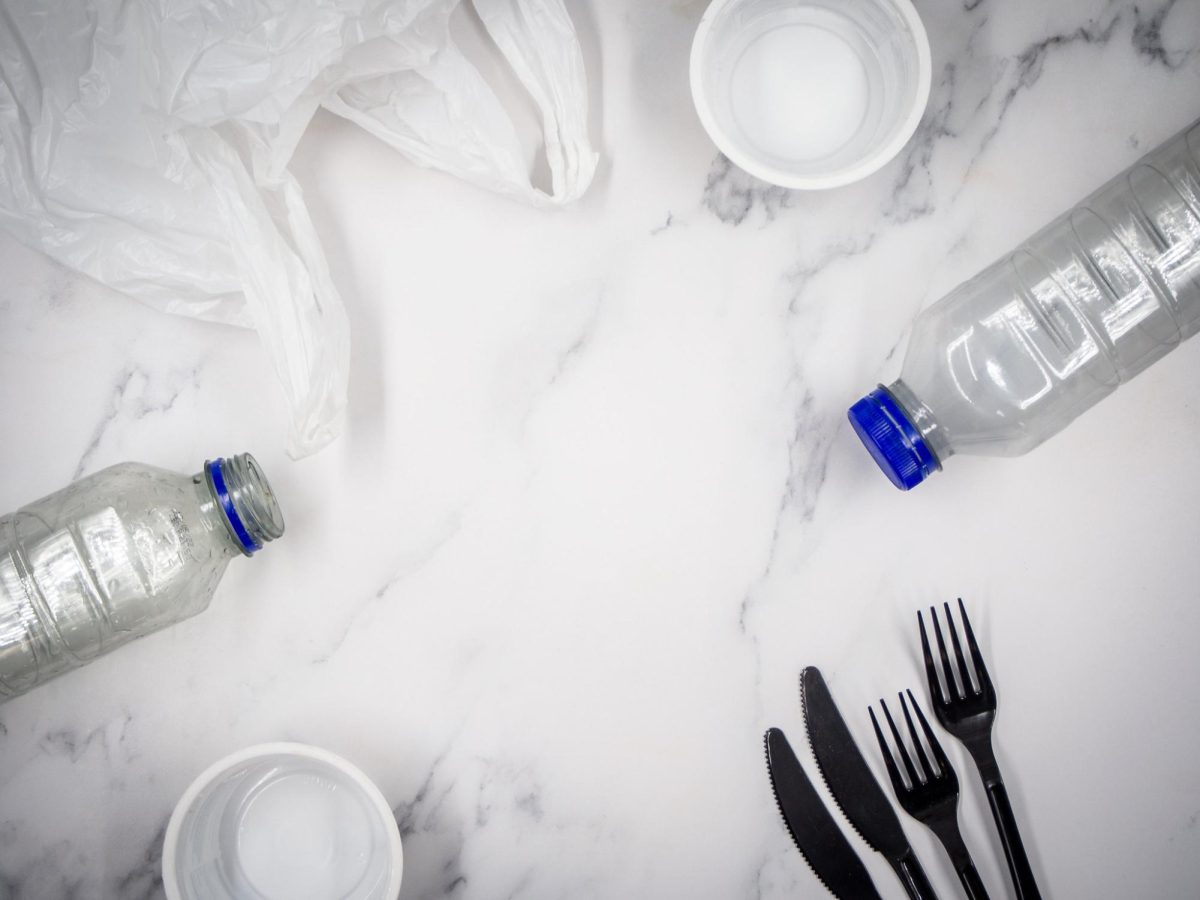Nowadays, plastic is almost inseparable from our food. From grocery stores to our fridges, it’s a ubiquitous material with which to store our food, whether it’s reusable Tupperware or one-time packaging. The UN Environment Programme states that packaging “is the largest generator of single-use plastic in the world,” with about 36 percent of plastic produced ending up as packaging. Today, it seems unimaginable that we would have no plastic to store our food. So, how did people store and sell food before plastic?
According to the Ohio State University Extension, historically, glass, paper, and metal were used for food storage. Glass was first industrialised in 1500 B.C. Egypt and used to make cups and bowls. Since the 2nd century B.C., China has used paper to wrap food. In early 1800s France, a chef and confectioner discovered how tin containers can preserve food.
In order to gain a perspective on food storage as close as possible to the modern day it is best to take a closer look at how food was stored and sold in the 1800s.
In the early 1800s, liquid goods were not sold in single-use containers. According to the book Total Garbage by Edward Humes, “beverages, like other goods, were shipped in bulk.” From pharmacists to wine sellers, merchants would” fill bottles brought in by customers” or supply a bottle for a higher price to then “be refunded with the bottle’s return for refill” (Humes, 43).
However, the idea of constantly reusing containers was not the only difference from how we buy liquid goods today. Whereas in modern days the individual is responsible for the amount of waste they produce—or lack thereof—sellers used to be the primary ones responsible for packaging. In other words, “the contents of the bottle belonged to the customer, but the seller owned and was responsible for the bottle before and after purchase” (Humes, p.43).
Solids were also sold without pre-packaging and stored in reusable containers. According to the Burke Museum, stores did not package most food in advance; shopkeepers would wrap the goods in paper after measuring them. Once at the purchaser’s home, the food was often stored in pottery that was glazed with lead, with one exception: acidic foods such as pickles, vinegar, or sauces were stored in glass containers. It was recommended not to store acidic foods in the lead-glazed pots for the risk of food being tainted with the lead. Despite its limitation in the types of food it could store, the lead-glazed pot was advantageous for its longevity. As the Burke Museum explains, these pots could be mended as needed, and this would allow the pots to be used for a longer time.
While this level of lack of waste seems impossible for us to achieve in the modern world, Total Garbage does provide a few tips for reducing plastic waste: avoiding single-use utensils and plastic bottles, using reusable containers like jars to store food, and bringing reusable cups when purchasing single-serve beverages. When reducing is not possible, the book encourages us to make sure any packaging is sorted correctly according to local rules on waste disposal to facilitate recycling. Following these tips is a great way to become more environmentally responsible, as well as be more mindful of our choices as consumers.







